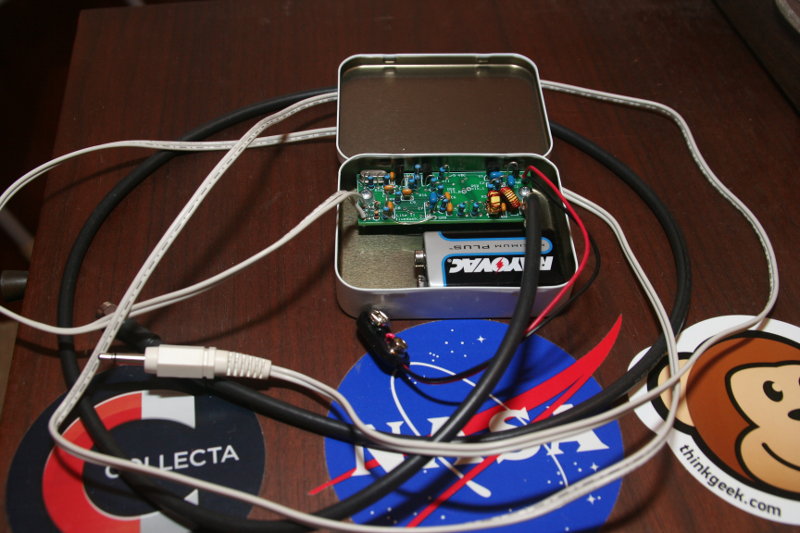Last summer at one of the radio club meetings, one of the older hams brought in a small stack of QST magazines that he didn’t want any more and asked if I’d be interested in them. Being newly licensed, I said sure!
I’ve gone through them a few times now, and with Connie’s collection of QST, these are duplicates now so I thought I’d pass them along to someone else to enjoy.
There aren’t a whole lot of them. I have Oct 2011-Feb 2012 and April-May 2012. Would prefer to hand them off to someone local, but I’d also consider shipping them.

